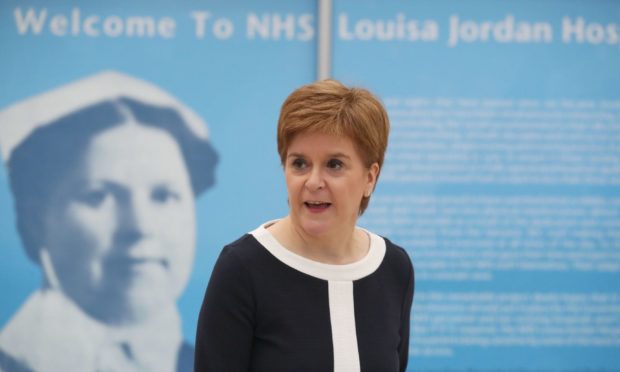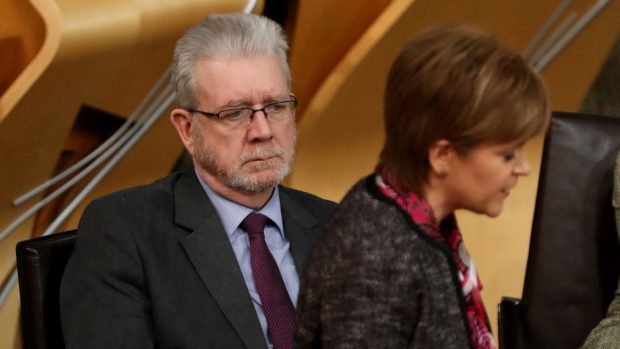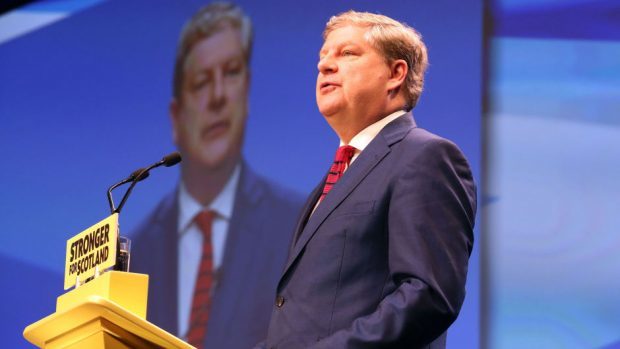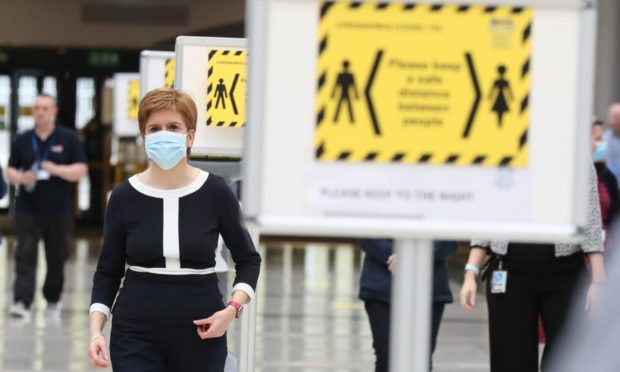In any normal government, losing one Cabinet secretary might be regarded as misfortune, but losing four begins to look a bit more like carelessness.
In Scotland, though, barely an eyebrow is raised at the prospect of Nicola Sturgeon being left without a third of her top team following a wave of retirements which have now been announced ahead of the Holyrood election next year.
Even the news on Monday night of the departure of the nation’s under-pressure health secretary, Jeane Freeman, failed to really register on the political Richter scale, despite her role at the heart of Scotland’s response to the worst public health crisis in memory.
The reason, perhaps, is that the SNP leadership and its opponents both know the looming changing of the guard is unlikely to cause any real damage to a party that has already been governing for an unusually long period, with no end imminent.
Three of the four Cabinet secretaries who are standing down would have been in their 70s within the lifetime of the next parliament, and all of them would appear to have reached the decision of their own volition, not because of any internal disputes.
Of course, Ms Sturgeon might have preferred to have been able to continue to call on the huge experience of the likes of Constitution Secretary Michael Russell or Environment Secretary Roseanna Cunningham, who are among those poised to leave.
She will no doubt also regret the departure of former ministers Bruce Crawford and Stewart Stevenson, and even the independent-minded and often outspoken Alex Neil.
But the first minister, who has rarely reshuffled her Cabinet or wielded the axe during her time in the top job, must also be relishing the potential influx of fresh blood into a team that appears to be on course to extend its 13-year tenure in government next year.
Any administration requires refreshing at regular intervals, not least one that is half way through its second decade in power.
Energy and enthusiasm will be required for the battle that seemingly lies ahead with Westminster over a second independence referendum, not to mention the task of winning a decisive victory in such a vote if and when it is to be held.
A new intake of young talent is likely to arrive in Edinburgh next May, while all-female shortlists of candidates to replace retiring male MSPs will help achieve a greater gender balance in the party and parliament.
Ms Sturgeon may also find some familiar faces by her side, such as former SNP deputy leader Angus Robertson, to replace the experience of retiring members.
But while finding replacements for the outgoing Cabinet secretaries may be achieved with relative ease, this highlights a weakness within the SNP, rather than a strength.
In truth, all 11 members of the Cabinet could retire next year, other than the first minister, and it would not dent the party’s popularity.
Only Ms Sturgeon would seem to be irreplaceable, and that should alarm her supporters, because at some point she will have to be replaced.
The SNP leader only turned 50 this year, which is relatively young in politics, but she has been on the front-line since the 1990s, and the relentlessness of responding to the current coronavirus crisis is bound to take its toll, not to mention the potential fall-out from the Alex Salmond inquiries.
Last year, there were rumours that Ms Sturgeon might be preparing for her exit and, while they were dismissed, she cannot go on forever.
If the party is to continue to defy the expectations of what is “normal” for a government, and deliver its ultimate goal of independence, it must hope a successor emerges in the next parliament to fill one of the newly vacant places in the first minister’s top team.
Because losing a leader of her status and popularity, while failing to have a succession plan in place for the future, really would be regarded as carelessness.




